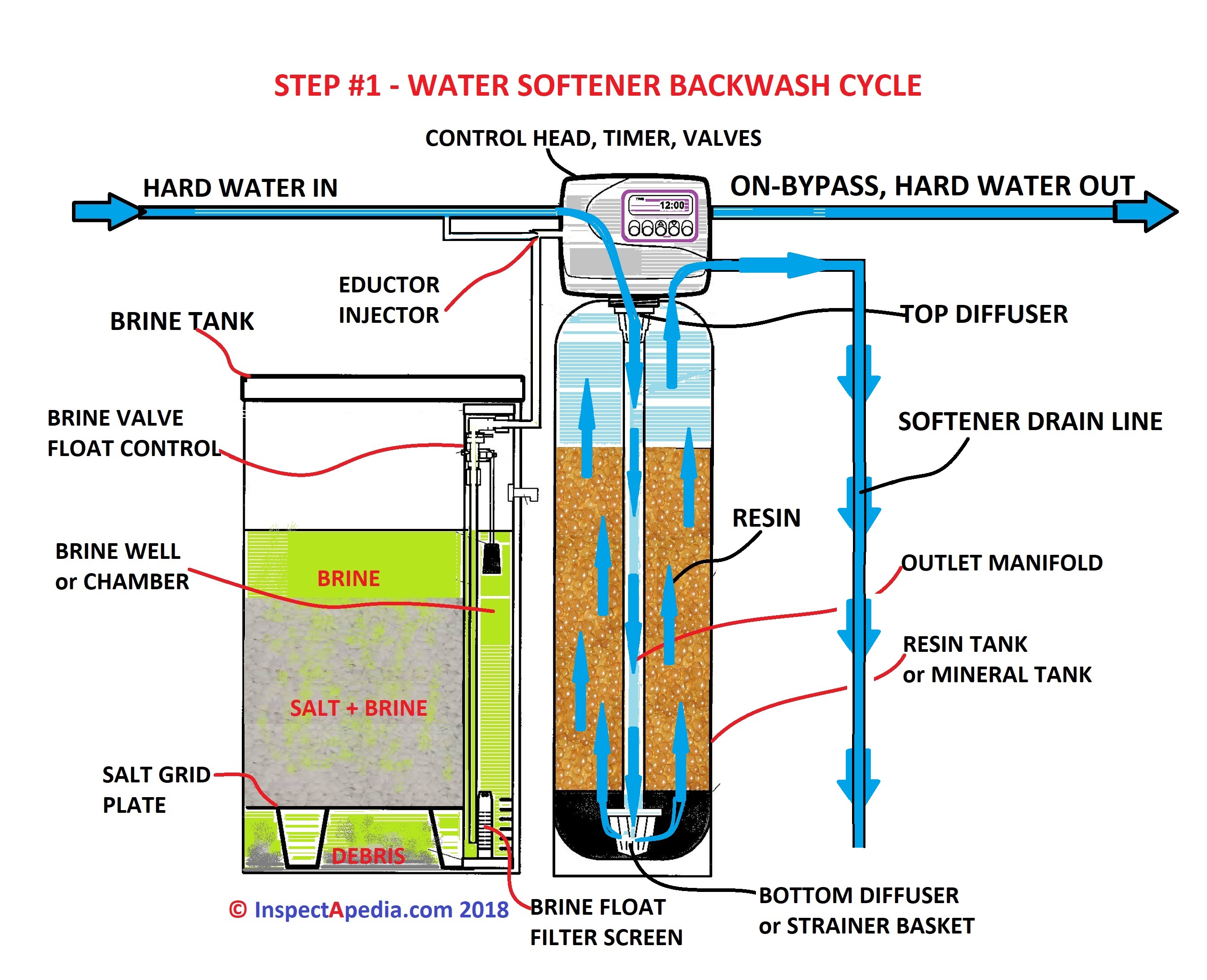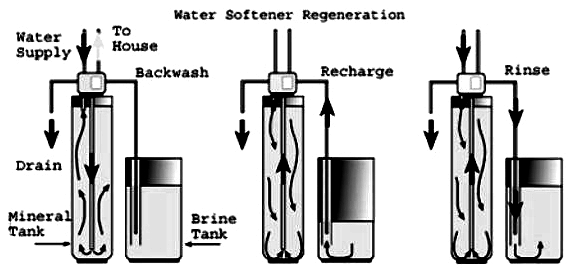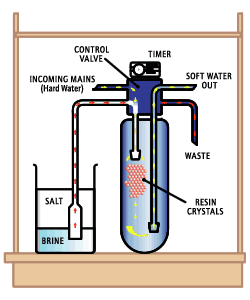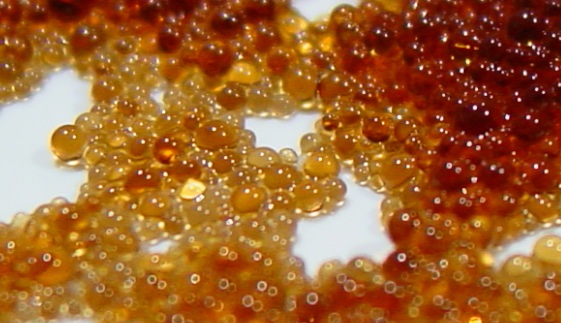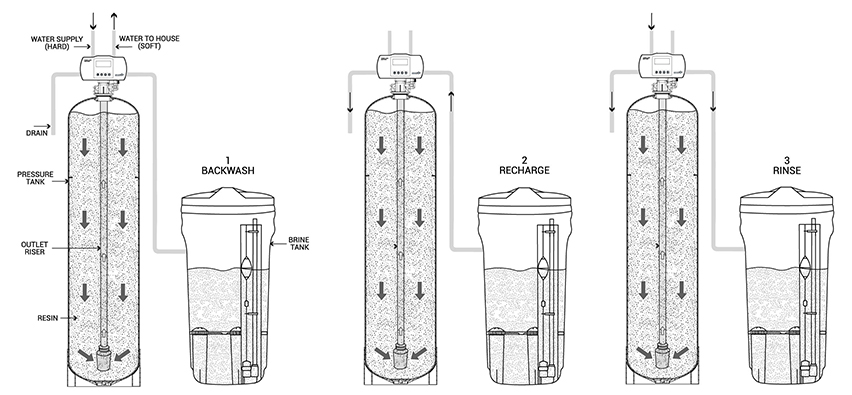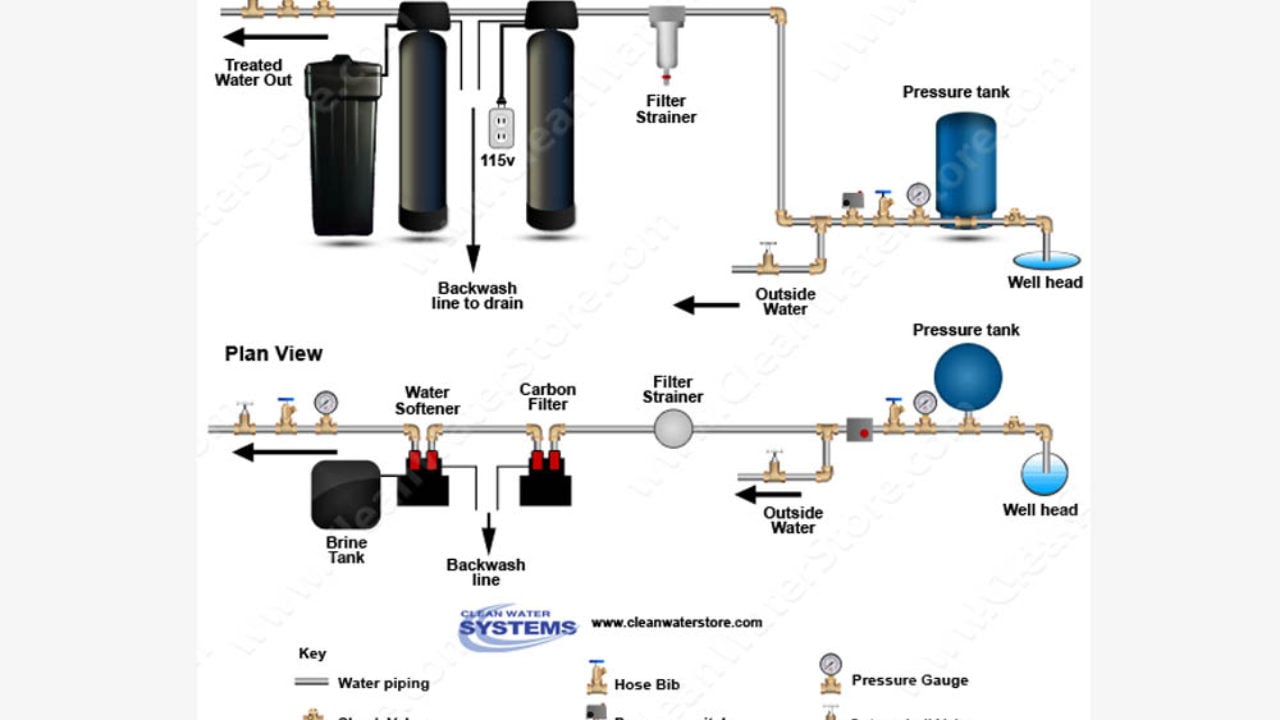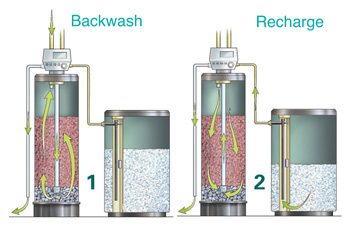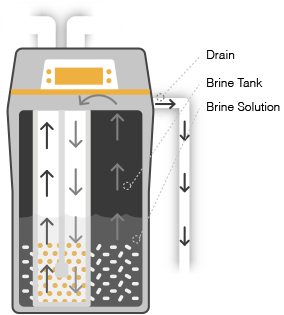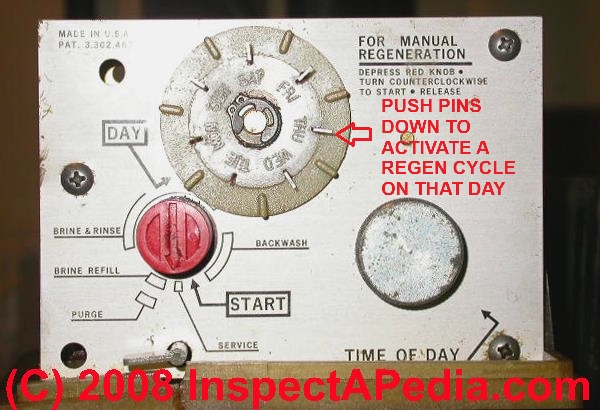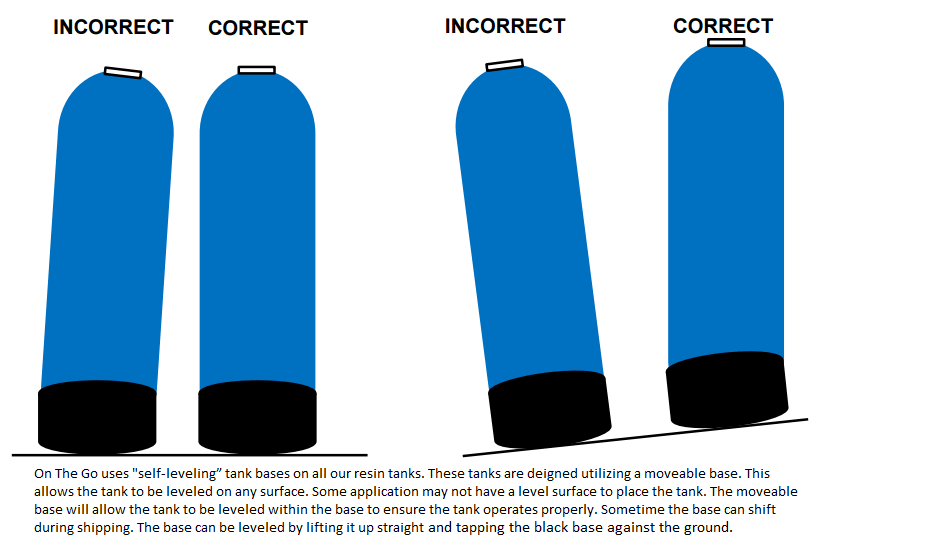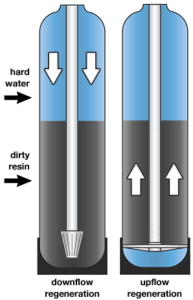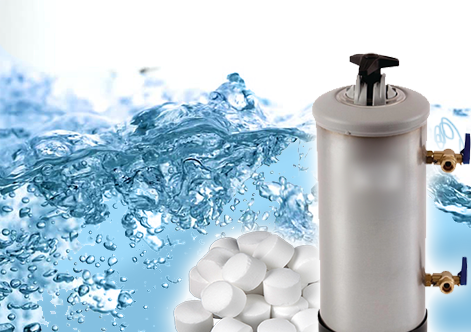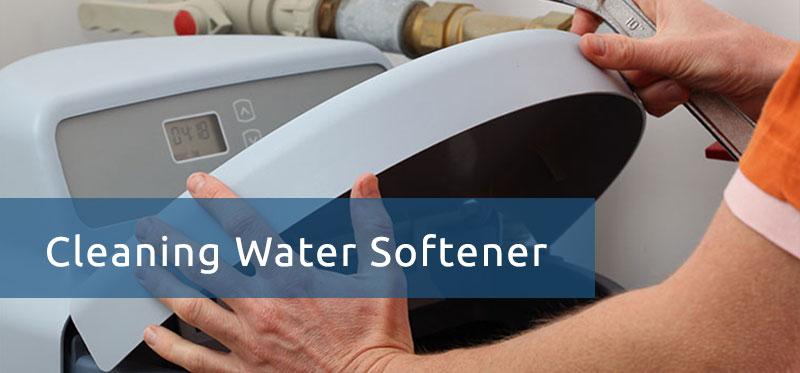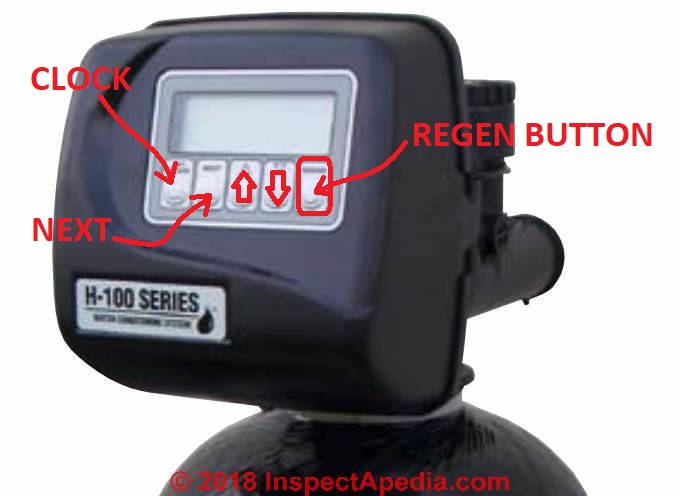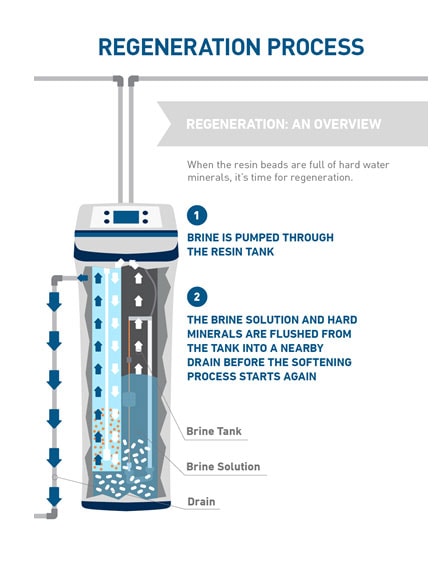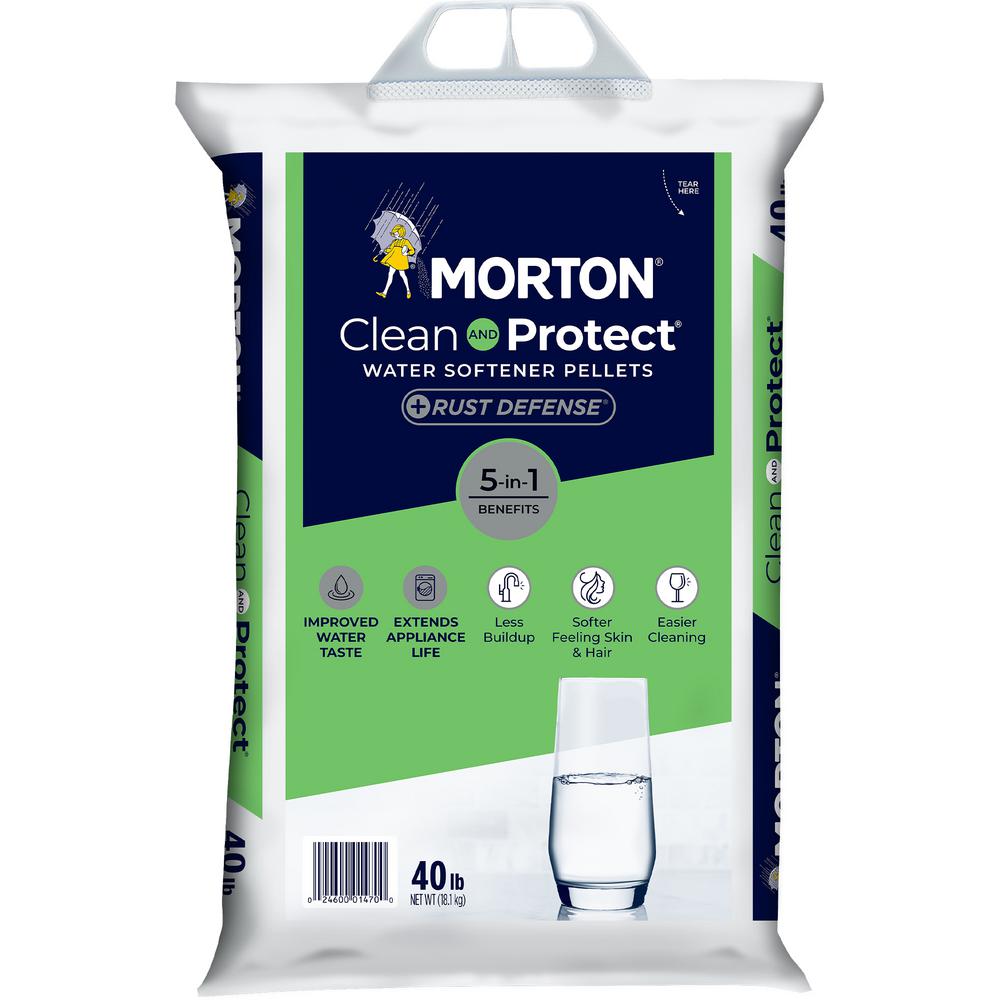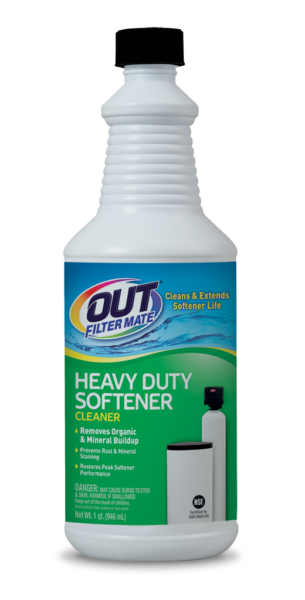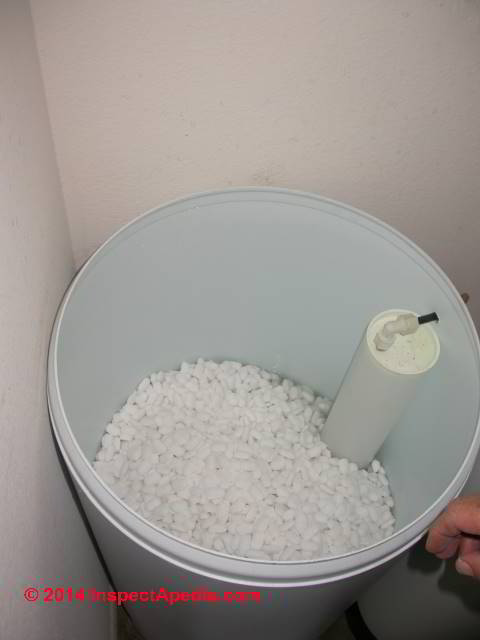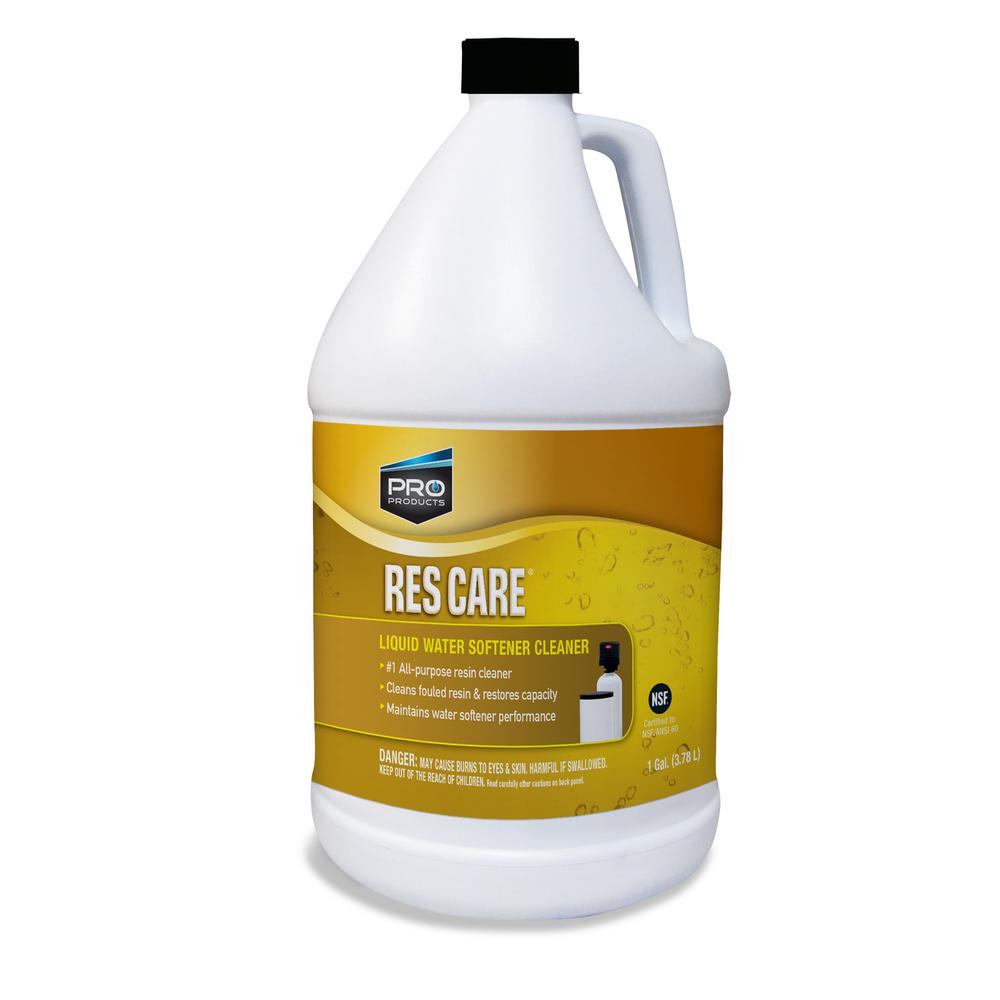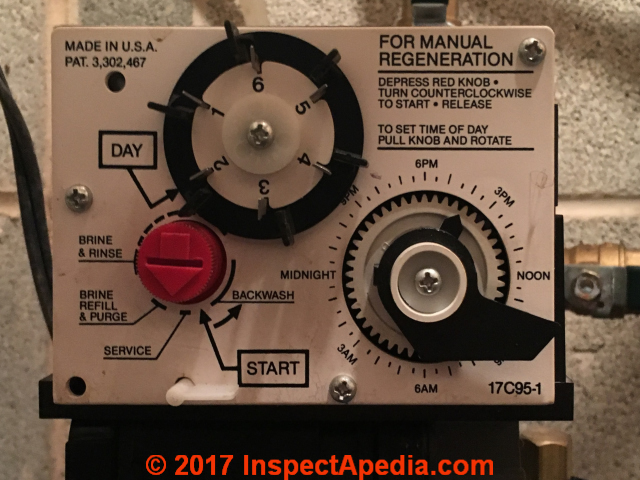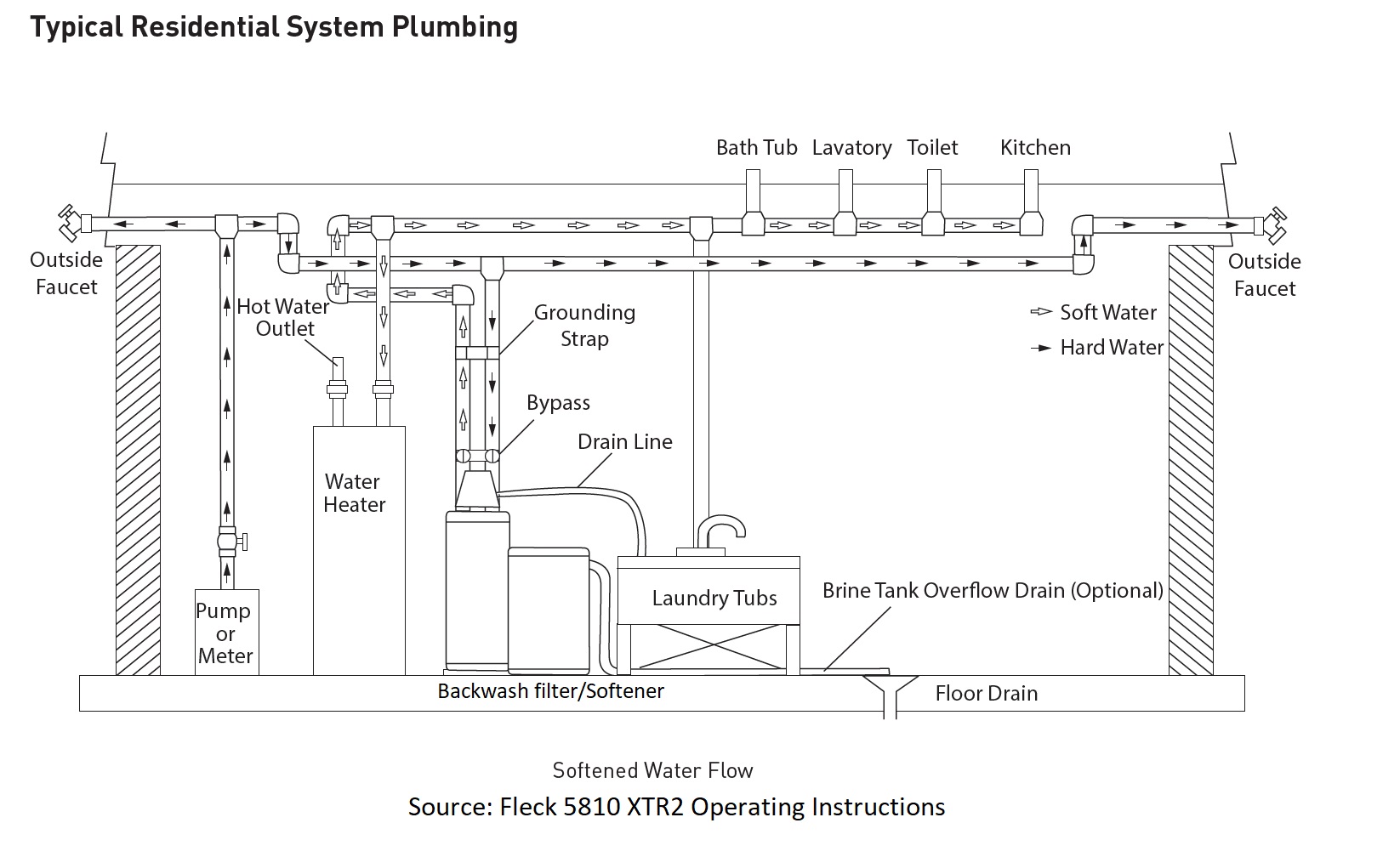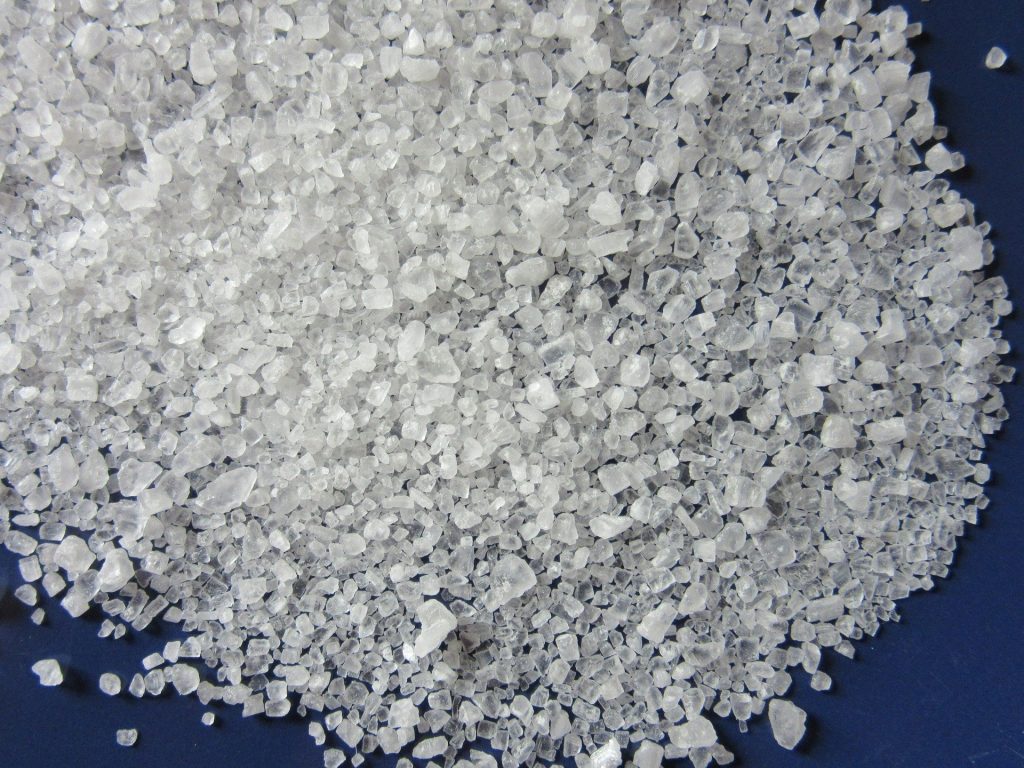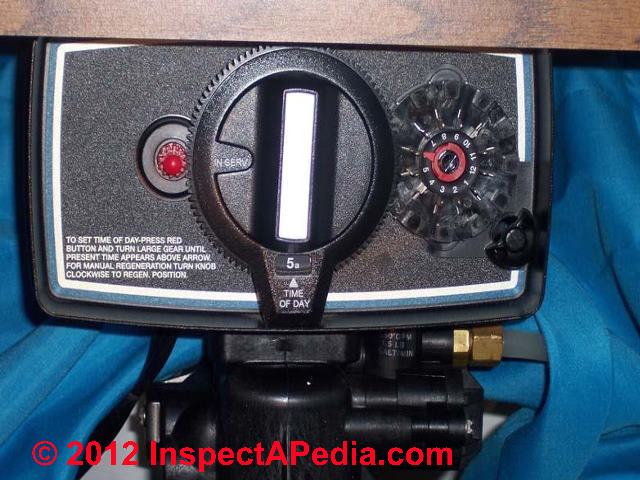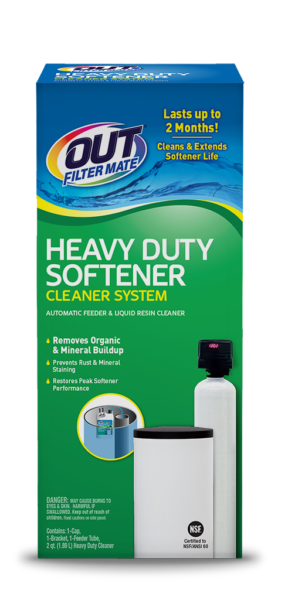Water Softener Flush

Step 6 flush out the water.
Water softener flush. A water softener is an important home appliance that removes minerals e g. Bring a small container of your water to a water softener dealer for a water hardness test then check the results against your settings. Between these two pipes is a shut off valve. Reattach and run the appliances again to flush.
A water softener has resin beads that absorb the undesired minerals and replaces them with sodium before the water reaches your kitchen or bathroom taps. Then close the control panel and find the nearest faucet connected to the water softener system. During a backwash of a water softener system water runs through a resin tank upward. Close the inflow and outflow valves to shunt water to the bypass pipe.
Check the warranty of your water softener and determine if the failure is covered. To keep your system working efficiently you should repeat this process as often as. The system keeps fresh water running to your home all through but the. Detach their water hoses and check for clogs.
You ll see two pipes going into the water softener an inflow and outflow for the water. And run the hot water after you turn the softener back on to flush out any hard water. Iron magnesium or calcium from hard water that could otherwise stain and clog your pipes. Flush hoses to clear of beads.
Step 7 knowing when to repeat the process. Check the connections and remove any beads clogging them. Run the tap for about 10 minutes to completely flush out the cleaner from the system. Bypass the water softener.
You can now replace the water softener at your leisure. It does this at a fast speed and flushes iron minerals from the resin bed and out to the drain. You can manually set the water softener to perform an extra backwash and fast rinse cycle before the normal regeneration.
